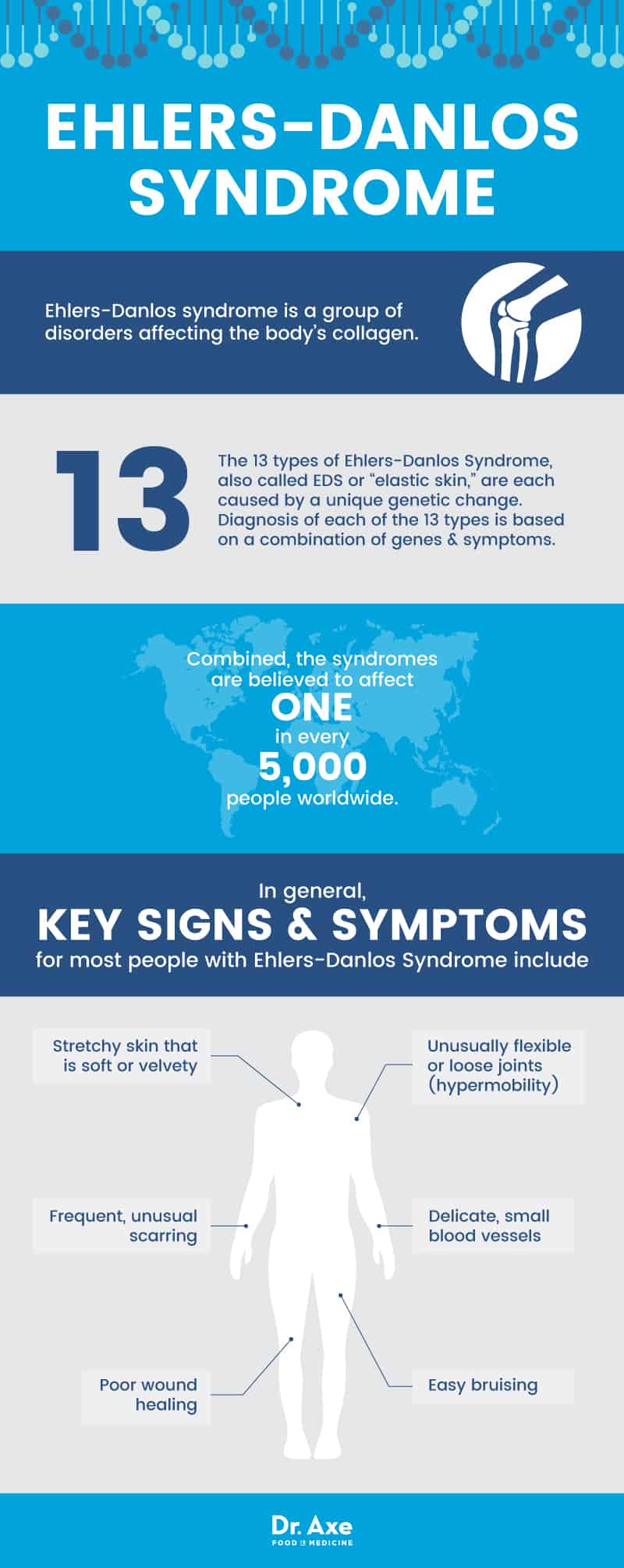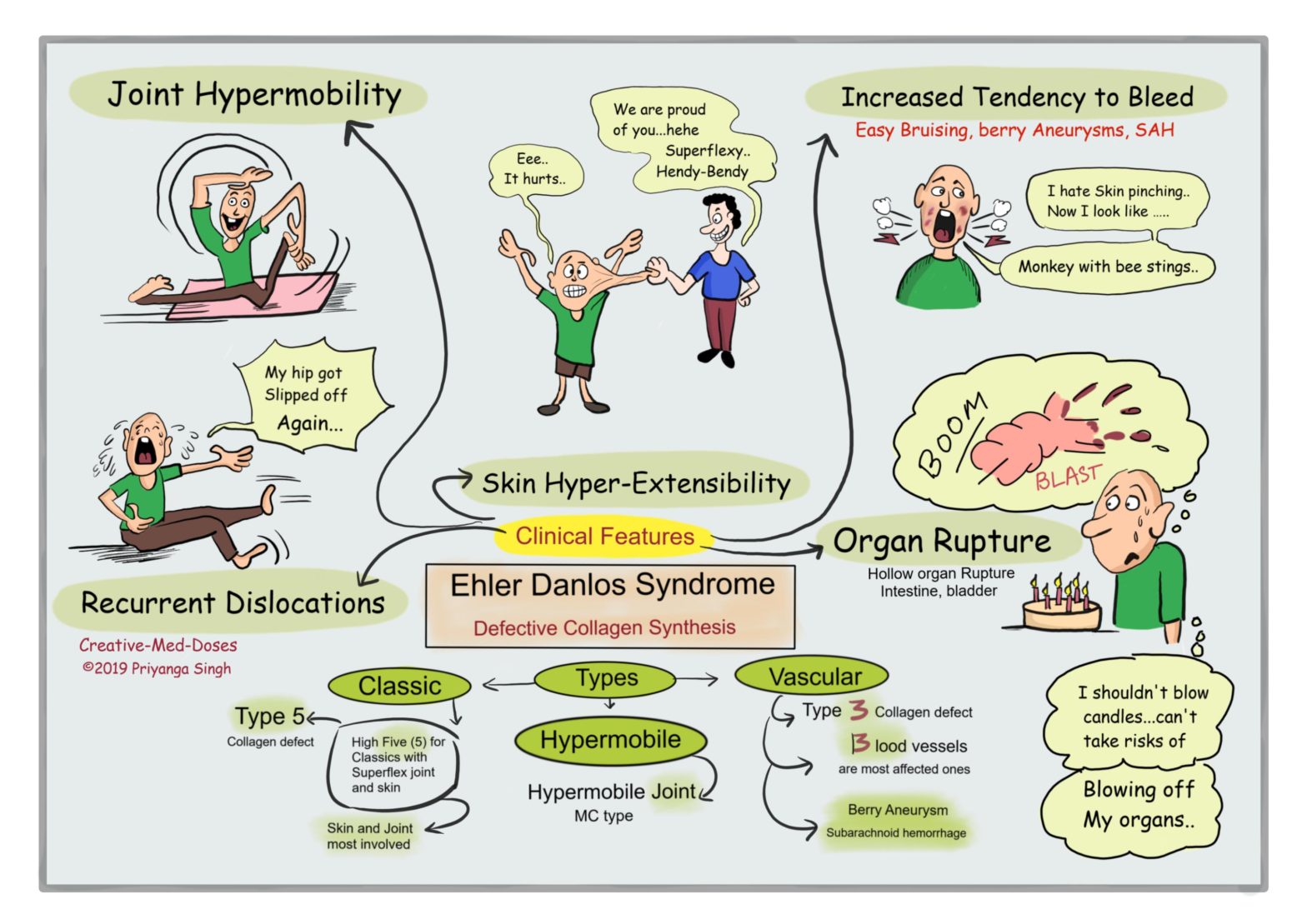Ehlers-Danlos Syndrome (EDS) is a group of genetic disorders that affect the body's connective tissue, which provides support and structure to various organs, joints, and other body parts. According to the
StatPearls - NCBI Bookshelf, EDS is a complex condition that can cause a range of symptoms, from mild to severe. In this article, we will delve into the world of Ehlers-Danlos Syndrome, exploring its causes, symptoms, diagnosis, and treatment options.
What is Ehlers-Danlos Syndrome?
EDS is a genetic disorder that affects the production of collagen, a protein that gives structure and strength to connective tissue. There are 13 subtypes of EDS, each with distinct features and symptoms. The most common subtypes include:
Classical EDS: characterized by skin hyperextensibility, joint hypermobility, and tissue fragility
Hypermobile EDS: marked by joint hypermobility, musculoskeletal pain, and gastrointestinal issues
Vascular EDS: characterized by fragile blood vessels and a high risk of rupture
Symptoms of Ehlers-Danlos Syndrome
The symptoms of EDS can vary widely depending on the subtype and individual. Common symptoms include:
Joint hypermobility: joints that are extremely flexible and prone to dislocation
Skin hyperextensibility: skin that stretches easily and is prone to bruising and tearing
Musculoskeletal pain: chronic pain in the muscles and joints
Gastrointestinal issues: constipation, bowel obstruction, and other digestive problems
Cardiovascular problems: mitral valve prolapse, aortic root dilatation, and other heart issues
Diagnosis and Treatment
Diagnosing EDS can be challenging, as the symptoms can be similar to those of other conditions. A combination of physical examination, medical history, and genetic testing can help confirm the diagnosis. Treatment for EDS typically focuses on managing symptoms and preventing complications. This may include:
Physical therapy: to improve joint stability and strength
Pain management: medication and alternative therapies to manage chronic pain
Surgical interventions: to repair damaged tissues and prevent further complications
Lifestyle modifications: avoiding heavy lifting, bending, and other activities that can exacerbate symptoms
Living with Ehlers-Danlos Syndrome
While EDS can present significant challenges, many people with the condition lead active and fulfilling lives. By working with a healthcare team and making lifestyle modifications, individuals with EDS can manage their symptoms and prevent complications. It's essential to stay informed about the latest research and treatment options, as well as to connect with others who share similar experiences.
In conclusion, Ehlers-Danlos Syndrome is a complex and multifaceted condition that requires a comprehensive approach to diagnosis and treatment. By understanding the causes, symptoms, and treatment options, individuals with EDS can take control of their health and well-being. For more information, visit the
StatPearls - NCBI Bookshelf and consult with a healthcare professional.

/CB9520-001-56aae95f5f9b58b7d00916b9.jpg)







